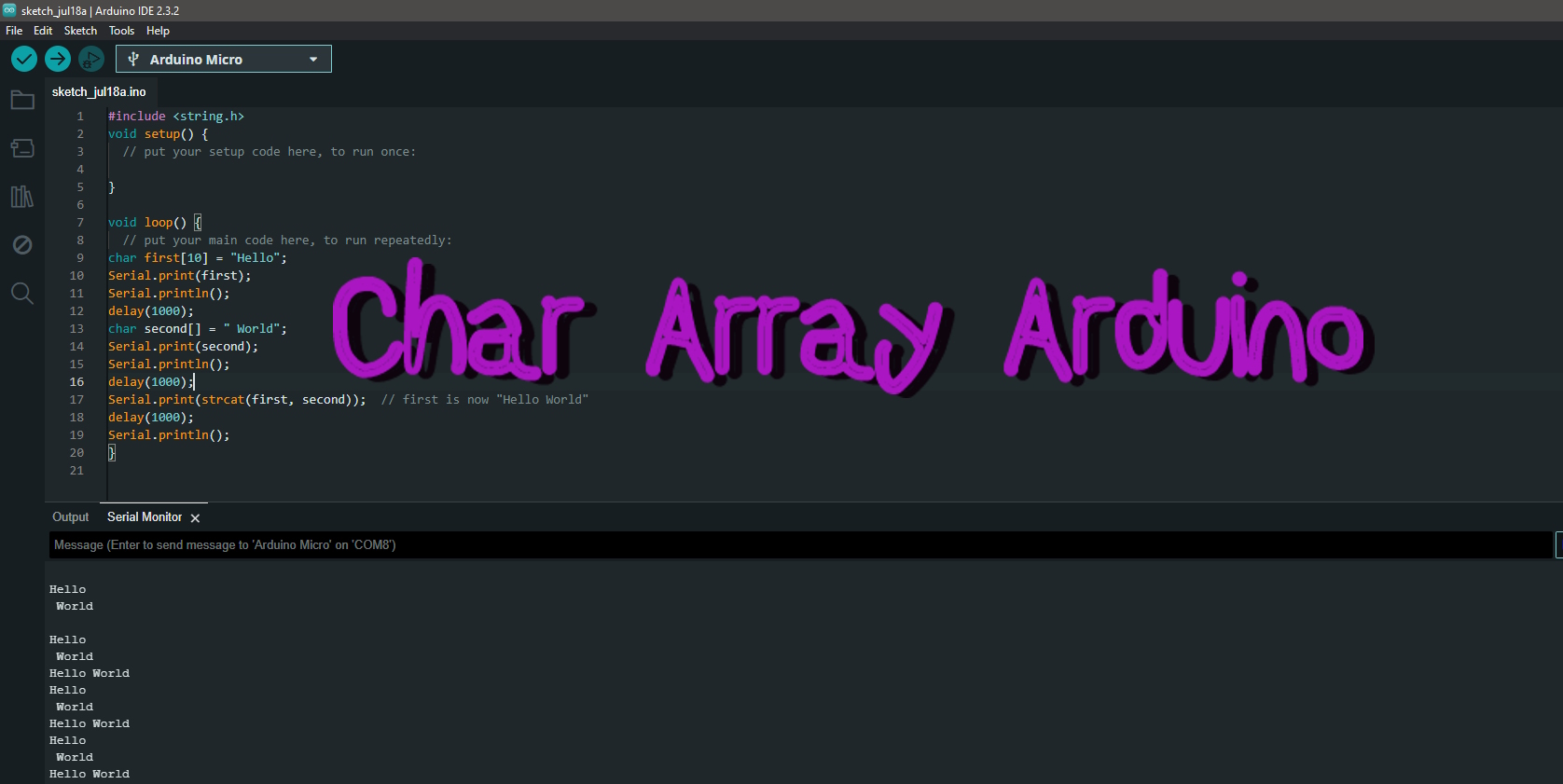Arduino
339 readers
1 users here now
Arduino is an open-source electronic prototyping platform enabling users to create interactive electronic objects.
founded 1 year ago
MODERATORS
1
2
3
4
5
6
7
8
9
10
11
12
13
14
15
16
17
18
19
20
21
22
23
24
25
view more: next ›


